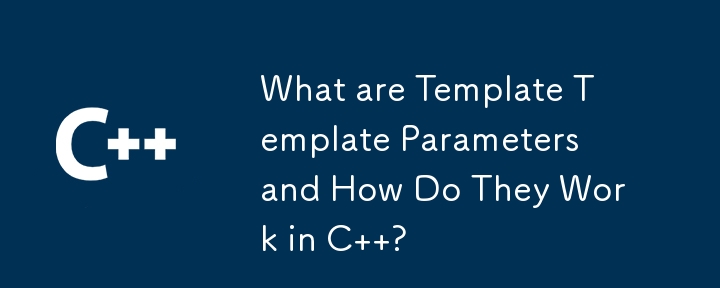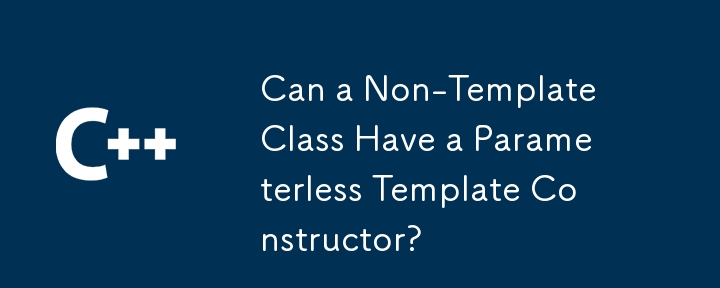Found a total of 10000 related content

HTML5 Template: A Base Starter HTML Boilerplate for Any Project
Article Introduction:Building your own HTML5 template: A concise guide
This article will guide you on how to create your own HTML5 template. We will step by step explaining the key elements of the HTML basic template, and finally providing a simple template that you can use and further build.
After reading this article, you will have your own HTML5 template. If you want to get the HTML template code now, read this article later, here is our final HTML5 template.
Key Points
HTML5 templates, as reusable templates, contain the necessary HTML elements, help avoid repeated code writing at the beginning of each project.
A basic HTML5 template should contain document type declarations, elements with language attributes, and passed characters
2025-02-08
comment 0
740
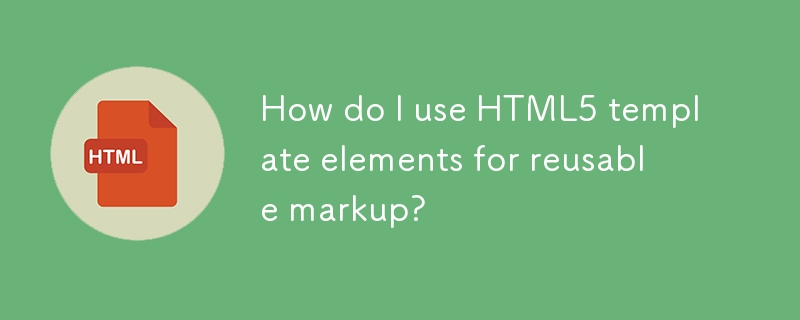
How do I use HTML5 template elements for reusable markup?
Article Introduction:The article discusses using HTML5 <template> elements for reusable markup, their benefits for code consistency, performance improvements, and integration with JavaScript for dynamic content.
2025-03-17
comment 0
351

Creating Reusable Content Structures with HTML5 Template Tag
Article Introduction:HTML5 tags are used to create reusable lazy content structures. The specific steps are: 1. Define the template; 2. Obtain and clone the template content through JavaScript; 3. Insert the clone content into the page. Its features include default invisible, support for any HTML, and require JS operations. It is suitable for scenarios such as component structure, dynamic loading, and preloading resources. The scripts and styles in the template need to be specially processed and cannot be nested in specific tags.
2025-07-06
comment 0
927

Using the HTML5 `` element for reusable content.
Article Introduction:Elements are native tools in HTML5 for storing unreleased HTML fragments, and can be efficiently reused after cloning through JavaScript. 1. Get template nodes; 2. Cloning content; 3. Filling data; 4. Inserting page. When using it, you need to pay attention to: the content and styles must be accessed through cloning, and must be defined separately and compatible with modern browsers. Suitable scenarios include dynamic lists, pop-up components, table rows and other duplicate structures.
2025-07-08
comment 0
480
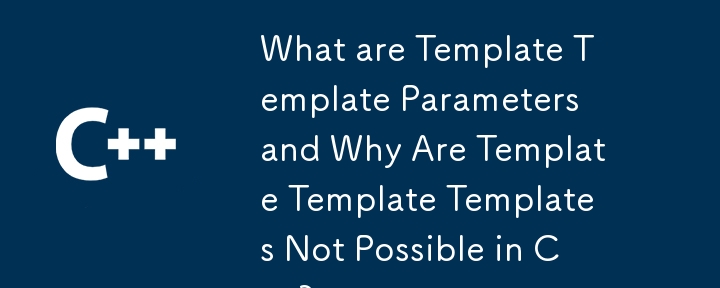
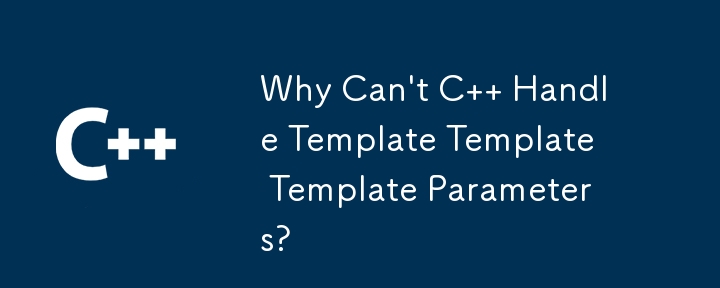
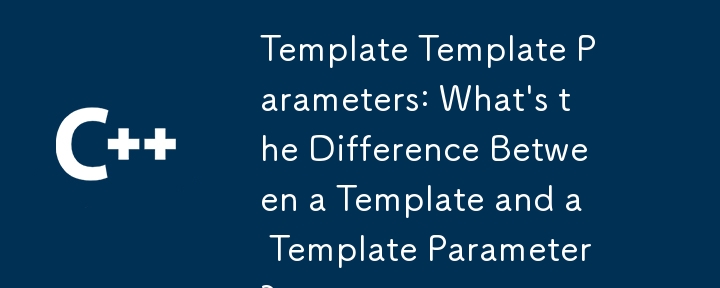

Using the HTML5 `` and `` elements
Article Introduction:The sum elements in HTML5 can be developed componentically by defining HTML structures that are not rendered immediately and dynamic content placeholders. Used to create reusable DOM templates that are rendered only when inserted into the DOM by JavaScript; then serve as content insertion points, allowing custom content to be filled in different usage scenarios. The combination of the two can be used to build UI components with unified structure and dynamic expansion capabilities, such as modal boxes or tab pages. When using it, you should pay attention to: test the default content of the slot, avoid excessive nesting, keep the template simple, deal with script delayed execution issues, and pay attention to differences in slot behavior in ShadowDOM.
2025-07-13
comment 0
274


Smarty template engine technology 2, smarty template engine_PHP tutorial
Article Introduction:Smarty template engine technology two, smarty template engine. Smarty template engine technology 2, smarty template engine Smarty template engine technology Function: Load a php file and assign the content of the loaded file to a variable Note: This built-in function
2016-07-12
comment 0
1088












